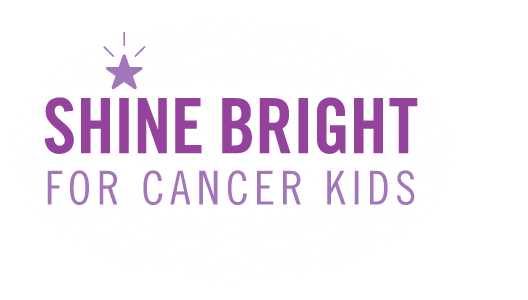What is sickle cell disease?
Red blood cells are produced in the bone marrow and contain hemoglobin, a substance that carries oxygen from the lungs to the rest of the body. Typical red blood cells are disc-shaped. In sickle cell anemia, the red blood cells become sickle-shaped, or in other words, shaped like a “C.” Because of this, the red blood cells don’t move easily through small blood vessels. They can get stuck, form into clumps, and block blood vessels. This can cause pain, infections and damage to the organs.
Sickle cell disease, sometimes called sickle cell anemia, is inherited. A person with one sickle cell gene is a carrier of the disease but does not have symptoms. When a child has two parents who carry the sickle cell gene, and inherits two abnormal genes (one from each parent), they have sickle cell disease.
Sickle cell disease is more common in people whose families come from African or Caribbean countries but also occurs at higher rates in many other places, including some Central American, South American, and Middle Eastern countries as well as in India, Greece, and Turkey.
Although people with sickle cell disease sometimes cope with pain and/or fatigue, improved treatment and care for sickle cell anemia has led to increasing survival rates. Most people with sickle cell disease survive into their forties, fifties, or longer.
What are the symptoms of sickle cell disease?
Children are born with sickle cell disease. However, most infants don’t show signs of the disease until they are four months of age or older. In the U.S., all babies are tested at birth for sickle cell anemia because early diagnosis can help protect infants with sickle cell anemia from developing certain serious infections.
Symptoms range from mild to very severe and most symptoms are linked to the anemia or pain cause by the condition. The most common symptom is fatigue. Other symptoms include:
- Chest pain
- Cold hands or feet
- Dizziness
- Hand-foot syndrome (swelling and pain in the backs of hands and feet, moving into the fingers and toes)
- Headache
- Pale skin
- Shortness of breath
- Sudden pain throughout the body (due to clumps of red blood cells flowing through the body)
How is sickle cell disease diagnosed?
Sickle cell anemia can be diagnosed by a blood test.
What medical problems could my child with sickle cell disease face?
When the red blood cells clump and cause pain, the event is called a sickle cell crisis. How frequently sickle cell crises happen varies widely from child to child. A sickle cell crisis may happen once every few years, once a year, or more frequently.
Various parts of the body are affected by sickle cell crises, and sickle cell crises can cause medical complications, including:
- Acute chest syndrome, which can lead to pulmonary arterial hypertension
- Delayed growth and puberty
- Gallstones
- Eye problems, including vision problems and blindness
- Infections such as pneumonia, meningitis, influenza, and hepatitis
- Leg ulcers
- Organ failure of one or more organs, such as a kidney, the lungs, or the liver
- Priapism (painful, unwanted erections that can damage the penis and lead to impotence)
- Splenic crises (problems with functioning, swelling, or shrinking of the spleen)
- Stroke
How is sickle cell disease treated?
The goals of sickle cell treatment are largely centered on relieving pain and preventing infections and complications. To do this, your child may take medications, undergo blood transfusions, and/or undergo tests that can help catch complications at an early stage. In a very small number of sickle cell disease cases, a bone marrow transplant may be helpful. When they are successful, bone marrow transplants don’t just treat the condition but may offer a cure. However, this option is not appropriate for the vast majority of those with sickle cell disease. Research into new treatments, such as improved bone marrow transplants and gene therapy, is ongoing.
The risk for problems with sickle cell disease increases when children are dehydrated. That’s why it’s important for children to drink plenty of fluids.
About sickle cell disease treatment at Children’s Minnesota
Children’s Minnesota Cancer and Blood Disorders program achieves outcomes that rank among the top national programs and cares for more than two-thirds of Minnesota children and adolescents with blood disorders. Care for sickle cell disease and hemoglobinopathies is provided through a division of the Cancer and Blood Disorders program called hemoglobinopathy and sickle cell program. Through this program, families have access to the newest and most promising treatments and receive care spearheaded and coordinated by a board-certified hematologist/oncologist.
Contact us
If you are a family member looking for a hematologist or oncologist or wanting to schedule an appointment, call the outpatient clinic at Children’s Minnesota – Minneapolis at 612-813-5940.

